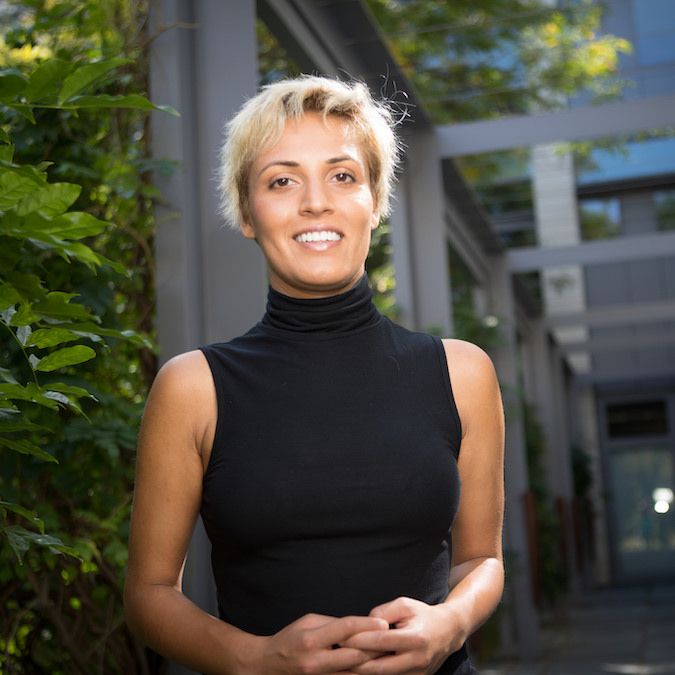Prineha Narang, Assistant Professor of Computational Materials Science, John A. Paulson School of Engineering and Applied Sciences, Harvard University
Monday, November 9, 2020, 4:00 PM (Pacific Time)
Abstract: The physics of quantum matter is rich with spectacular excited-state and nonequilibrium effects, but many of these phenomena remain poorly understood and, consequently, technologically unexplored. My group’s research, therefore, focuses on how quantum systems behave, particularly away from equilibrium, and how we can harness these effects. By creating predictive theoretical and computational approaches to study dynamics, decoherence and correlations in matter, our work will enable technologies that are inherently more powerful than their classical counterparts ranging from scalable quantum information processing to ultra-high efficiency optoelectronic and energy conversion systems. In this talk, I will present work from my research group on describing, from first principles, the microscopic dynamics, decoherence and optically-excited collective phenomena in quantum matter at finite temperature to quantitatively link predictions with 3D atomic-scale imaging, quantum spectroscopy, and macroscopic behavior. Capturing these dynamics poses unique theoretical and computational challenges. The simultaneous contribution of processes that occur on many time and length-scales have remained elusive for state-of-the-art calculations and model Hamiltonian approaches alike, necessitating the development of new methods in computational physics. I will show selected examples of our approach in ab initio design of active quantum defects in low dimensional systems like hBN and transition metal dichalcogenides. Building on this, in the second part of my seminar, I will show our predictions of linear and nonlinear dynamics and transport in Weyl semimetals. I will discuss the anomalous landscape for electron hydrodynamics in systems beyond graphene, highlighting that previously-thought exotic fluid phenomena can exist in both two-dimensional and anisotropic three-dimensional materials with or without breaking time-reversal symmetry. Our work identifies phonon-mediated electron-electron interactions as critical in a microscopic understanding of hydrodynamics. Non-diffusive electron flow, and in particular electron hydrodynamics, has far-reaching implications in quantum materials science, as I will show in this talk. Finally, I will discuss our very recent work in driving quantum materials far out-of-equilibrium to control the coupled degrees-of-freedom, and present an outlook on similarly controlling newly-synthesized topological systems.
